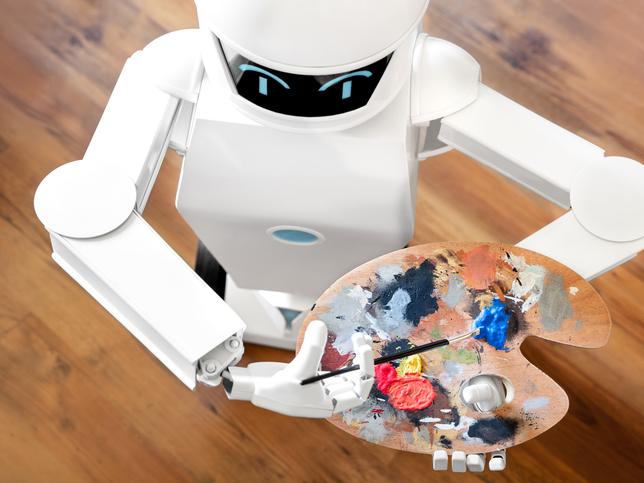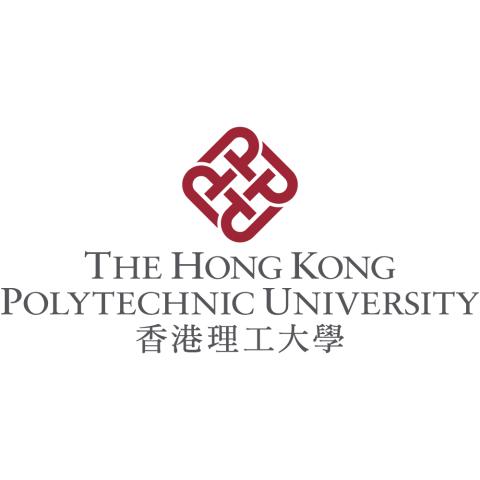
Harness the power of AI to preserve endangered art forms
Researchers breathed new life into Cantonese porcelain painting techniques using AI, equipping a new generation with traditional skills. Here’s how they did it
Since the advent of generative artificial intelligence, critics have raised concerns about the technology’s effect on traditional forms of art and its potential to replace man-made art completely. But AI’s fusion of tradition and cutting-edge technology could provide new ways to conserve art and culture, while also igniting interest in passing down heritage from generation to generation.
In order to embrace generative AI as an innovative tool to expand artistic and cultural horizons, researchers from the Hong Kong Polytechnic University (PolyU) have developed a creative painting platform, “Beauty of Cantonese porcelain”, to preserve and educate people about the artistry of this legacy porcelain. The traditional handcrafted decorative porcelain showcases the distinct folk art of the Lingnan region, highlighting its intricate and refined painting techniques that embody the rich heritage and ingenuity of traditional Chinese art and craft culture.
- GenAI can help literature students think more critically
- Apply the principles of critical pedagogy to GenAI
- Four steps for integrating generative AI in learning and teaching
The research team meticulously collected and processed thousands of images of Cantonese porcelain. These images were then used to build a robust generative model to make this cultural heritage more accessible and understandable.
The platform has several key features:
Text-to-image synthesis
Generative AI’s expansive text-to-image models are the main technology driving this platform’s ability to guide and generate traditional cultural content like Cantonese porcelain painting techniques.
Style consistency
The models can create images from text descriptions, which is essential for ensuring consistency with the traditional style. This innovative platform highlights several technological features, including few-shots fine-tuning, layered generation and symbol element generation.
Few-shots fine-tuning: This technology allows pre-trained models to adapt to specific styles (such as Cantonese porcelain) using limited data, improving the model’s ability to generate images that match text descriptions.
Layered generation: This innovation enables the creation of images with different visual elements created on separate layers, making them easier to edit and manipulate without affecting other elements.
Symbol element generation: A module designed to identify and segment key symbolic elements from a set of images, ensuring that the language of symbolic painting is integrated into the generative AI process.
2D and 3D painting integration
The research team then integrated the concept of 2D and 3D painting into the platform, creating a user-friendly interface tailored especially for beginners.
Interactive learning environment
Through its intuitive design, this platform assists users in swiftly learning Cantonese porcelain painting techniques. Users are evaluated in real time by a large AI model, which provides them with personalised guidance to enhance their skills as they create artwork. The more intuitive user interface allows artists to interact more naturally with the platform, while professionals can explore the potential of generative AI to enrich cultural and artistic heritage.
Localised controllable generation
By merging symbolic painting language with the advanced localised and controllable generation, the platform enables users to creatively express their artistic ideas in meticulous detail. This ensures that the artworks created closely adhere to the traditional Cantonese porcelain style, preserving and promoting its history and culture.
Data-driven generative models
Using this technology to expand datasets would increase the variety and quantity of training data, allowing the model to generate a broader range of traditional content, by including more cultural products and styles.
The “Beauty of Cantonese porcelain” platform demonstrates the transformative potential of generative AI in preserving cultural heritage. By combining advanced technology with a deep understanding of traditional art forms, the platform provides a powerful tool for education, preservation and artistic innovation.
This innovative approach demonstrates the power of technology in protecting and promoting cultural treasures, so helping to bridge the gap between tradition and innovation.
To strengthen this technology for broader artistic and cultural applications, we can:
Expand the datasets: Increase the variety and quantity of training data to include more cultural products and styles, allowing the model to generate a wider range of traditional content.
Improve user interaction: Develop a more intuitive user interface that allows artists and designers to interact more naturally with the platform, making it easier to guide the generation process. Create a platform for professionals to explore the potential of generative AI to enhance traditional cultural heritage crafts.
Work with cultural institutions: Partner with museums and cultural preservation organisations to validate and improve this approach across a broad range of fields and art forms.
Incorporate feedback mechanisms: Further enhance the multimodal large-scale models with a feedback system that provides insights into the generated content. This can then be used for additional training and refinement of the models.
Generative AI can enhance human culture by preserving traditional art forms, fostering artistic innovation and improving accessibility to art-making. It aids in educational efforts and attracts new participants to intangible cultural heritage, while providing tools that require less technical skill. However, in order to maintain cultural values and artistic integrity, it’s essential we address ethical use, ensure transparency in AI processes and embed human oversight.
Henry Duh is associate dean (global & industry engagement) and professor of the School of Design at the Hong Kong Polytechnic University.
If you would like advice and insight from academics and university staff delivered direct to your inbox each week, sign up for the Campus newsletter.




